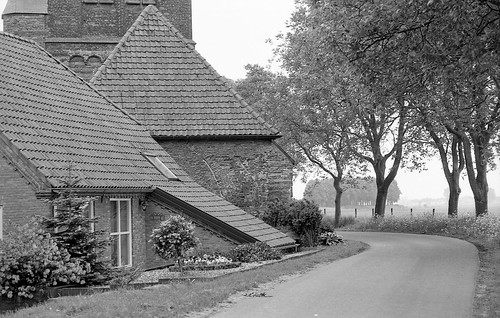wooiloon
Member
Newbie questions:
I used standard protocol to develop Hp5+ in D-76 (1+1), 13min developing time at 20C, 10 sec agitation in every min. Scanned with Epson V300 without grain remover or sharpness applied. Photo was taken with 50mm Summicron at f/2.
Attached are 2 photos, the first one was original scan without sharpness, and the grain is acceptable, but lacks of sharpness. When I increased the sharpness in PS, grain is too visible, which I dont quite like.
So, the question are, what can I do using the same developer and film to increase sharpness but with low grain effect? Will decrease agitation helps when I do it 1+3 dilution? Or I should use smaller aperture of Summicron to get the sharpness?

Original scan

Test image after sharpness applied in PS.
Many thanks.
Regards,
WL
I used standard protocol to develop Hp5+ in D-76 (1+1), 13min developing time at 20C, 10 sec agitation in every min. Scanned with Epson V300 without grain remover or sharpness applied. Photo was taken with 50mm Summicron at f/2.
Attached are 2 photos, the first one was original scan without sharpness, and the grain is acceptable, but lacks of sharpness. When I increased the sharpness in PS, grain is too visible, which I dont quite like.
So, the question are, what can I do using the same developer and film to increase sharpness but with low grain effect? Will decrease agitation helps when I do it 1+3 dilution? Or I should use smaller aperture of Summicron to get the sharpness?

Original scan

Test image after sharpness applied in PS.
Many thanks.
Regards,
WL




